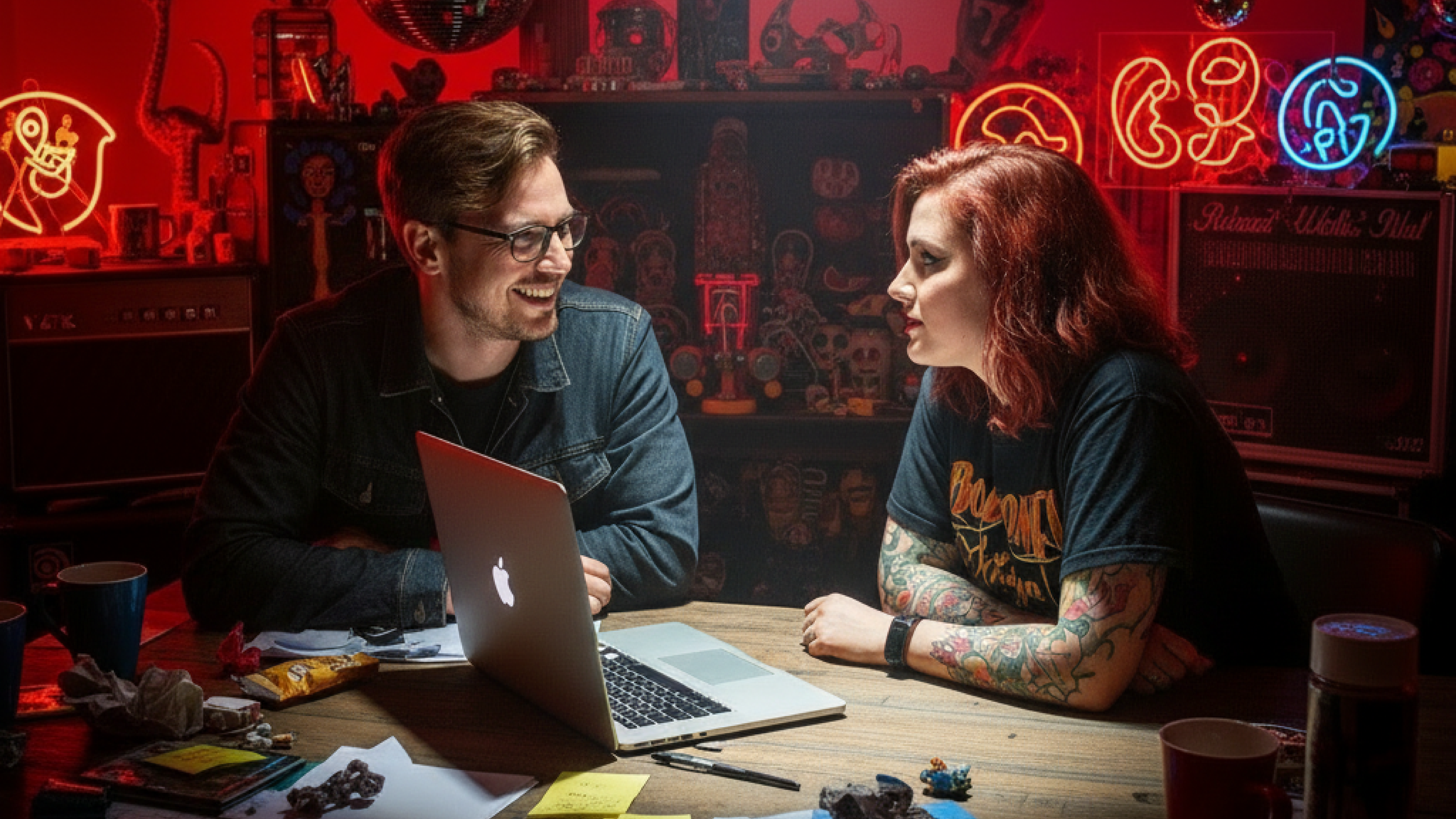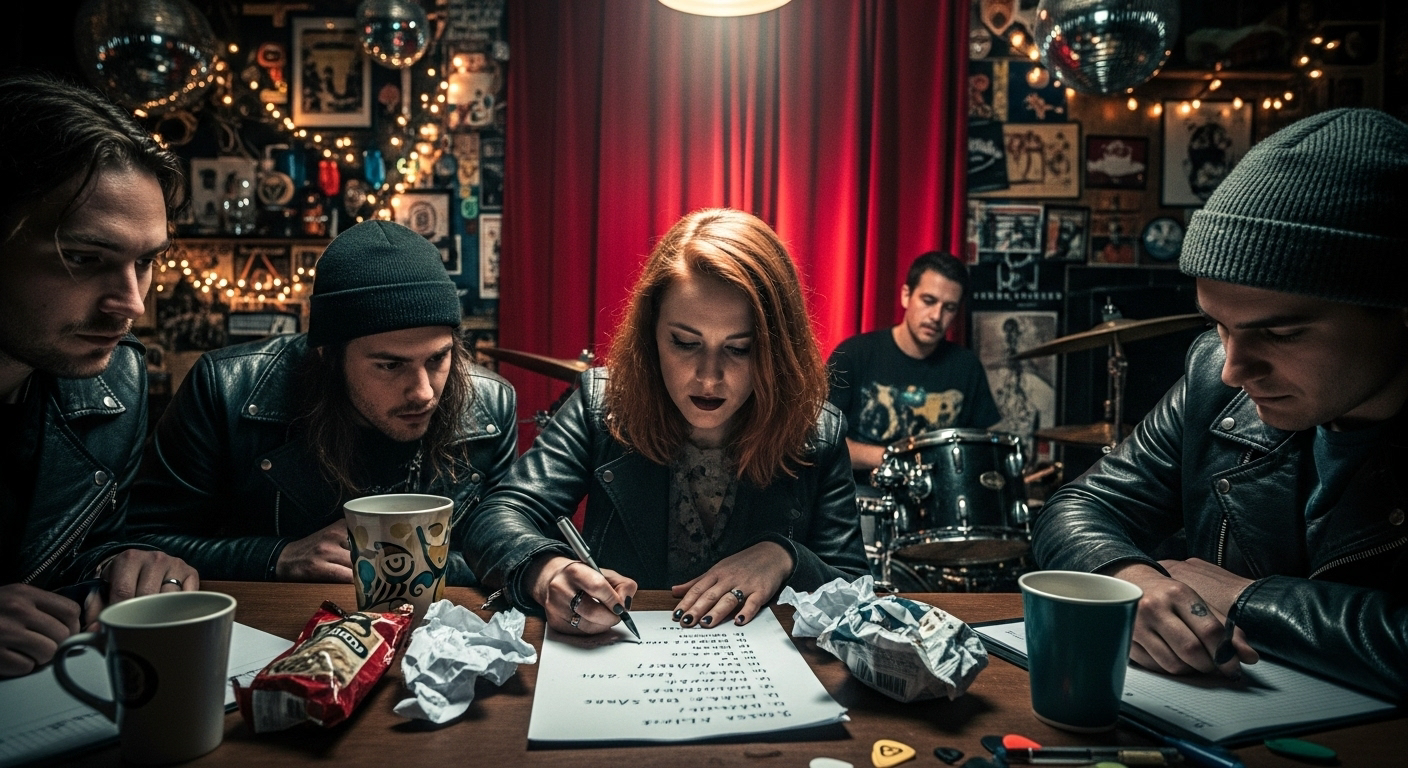
Get your band organised in 7 days with our Artist Challenge Get your band organised in 7 days with our Artist Challenge Access Now


Independent Artist Guide
When you are starting out as a band, just getting a setlist on paper can feel like a win. But as soon as you start playing regular gigs, you realise that a setlist is not just a list of songs. It is a blueprint for your performance, a communication tool for your crew, and one of the small details that separates amateur bands from professional acts.
At Stage Portal, we have worked with hundreds of artists and venues, and we see the same mistakes made again and again. The good news is that with a few best practices you can transform your setlists into a tool that helps your show run smoother, keeps your crew aligned, and makes you look far more professional.
Here are seven proven band setlist tips you can put into action right away.
The first impression sets the tone for your entire set, and the last impression is what people remember. Opening with a high-energy song that instantly grabs attention is essential. Closing with a track that leaves the audience buzzing gives your set a strong finish.
Think of your setlist like a story arc. Start with impact, build through the middle, and finish on a high note. This flow keeps both fans and venues engaged.
A great setlist is more than random songs strung together. You need to plan the pacing and dynamics. Avoid stacking all of your fast songs or all of your ballads together. Instead, balance high-energy tracks with slower moments so the audience and your band can breathe.
Transitions also matter. Decide in advance what happens between songs. Is there a quick count-in, a short intro, or a planned piece of banter? Eliminating awkward pauses keeps the momentum alive.
One of the most common mistakes is not knowing what is happening between songs which leads to dreaded awkward pauses that can kill the momentum of the set or in the heat of the movement someone forgets they need to tune and stumbles on the next song.
So make sure you add key details into your setlist:
The more information you include, the smoother your set will run.
There are really two types of setlists. The first is your performance setlist, used by the band to stay on track. The second is your tech setlist, which includes extra notes for sound and lighting engineers.
A tech setlist should flag:
Instrument changes
Dynamics in songs (for example, when things drop to a whisper or build into a big chorus)
Lighting cues or blackout moments
Any backing tracks or samples that need to be triggered
Providing this in advance makes life easier for your crew and shows that your band is serious about professionalism.
We have all seen setlists scrawled on scraps of paper or typed up in tiny fonts. A messy or confusing setlist can derail an otherwise solid gig.
Make your setlists large, clear, and consistent. Use bold fonts, highlight key cues, and make sure every band member has the same version. Consistency eliminates confusion and helps everyone stay focused on the performance.
Stage Portal makes this process simple, allowing you to build, save, and export clean setlists you can share digitally or print for stage use.
Setlists are not just about performance. They are also part of your band’s admin and reporting. Linking setlists to your gigs ensures everyone knows what is being played and creates a record for licensing bodies such as PRS.
Having this history also helps you evolve as a band. You can look back at what worked, what did not, and adjust your future sets accordingly.
Stage Portal links setlists directly to gigs so you always have a record of your shows.
The best setlists are not just written, they are rehearsed. Run through your setlist in full during practice. Time it, work out transitions, and rehearse instrument changes. Treat it like a live show so that on the night everything feels natural and seamless.
Bands that rehearse with their setlist end up more confident on stage, and that confidence translates directly into better performances, better audience feedback and more rebookings.
A well-crafted setlist is a small detail that makes a big difference. It improves the flow of your show, keeps your band aligned, and makes life easier for venues and techs. More importantly, it signals that you are serious about your music and ready for bigger opportunities.
If you want to take the next step, the Stage Portal Artist Challenge includes a full day dedicated to building professional setlists. In just 7 days you will have not only polished setlists, but also riders, stage plots, promo assets, and expense tracking all organised in one system.
Join the free Stage Portal Artist Challenge today and start running your band like a pro, fill out the form below to secure your place.
Discover the latest insights.